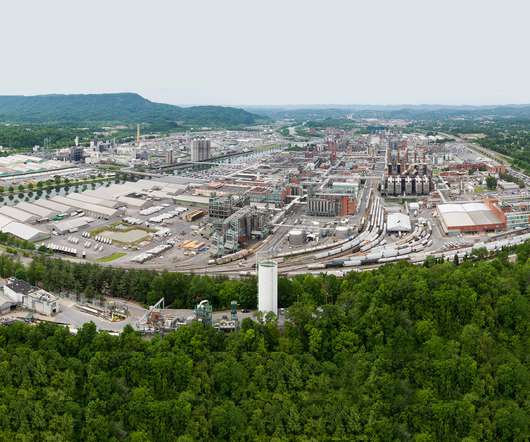How to Build and Retrofit a Sustainable Home
Green Business Bureau
SEPTEMBER 7, 2022
Building and Retrofitting a Sustainable Home. Whether you’re building from scratch or adding onto an existing home, there are a variety of green building materials and products on the market today to create your sustainable home vision. Eco-Friendly, Ethically-Sourced Building Materials. RECYCLED STEEL.















Let's personalize your content